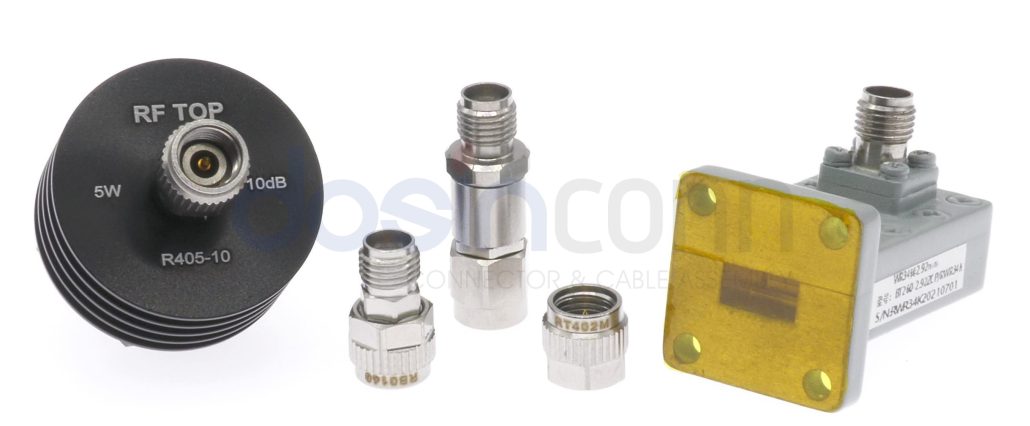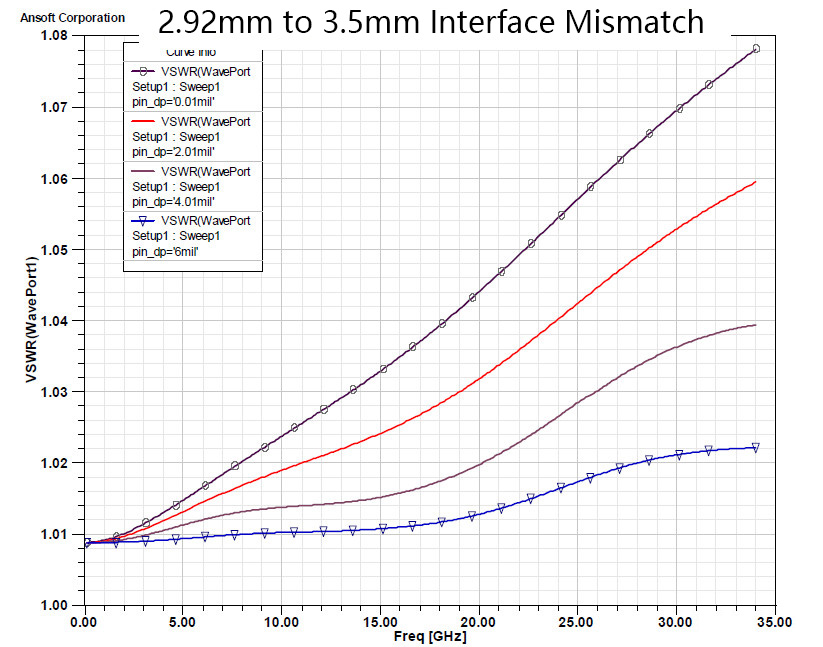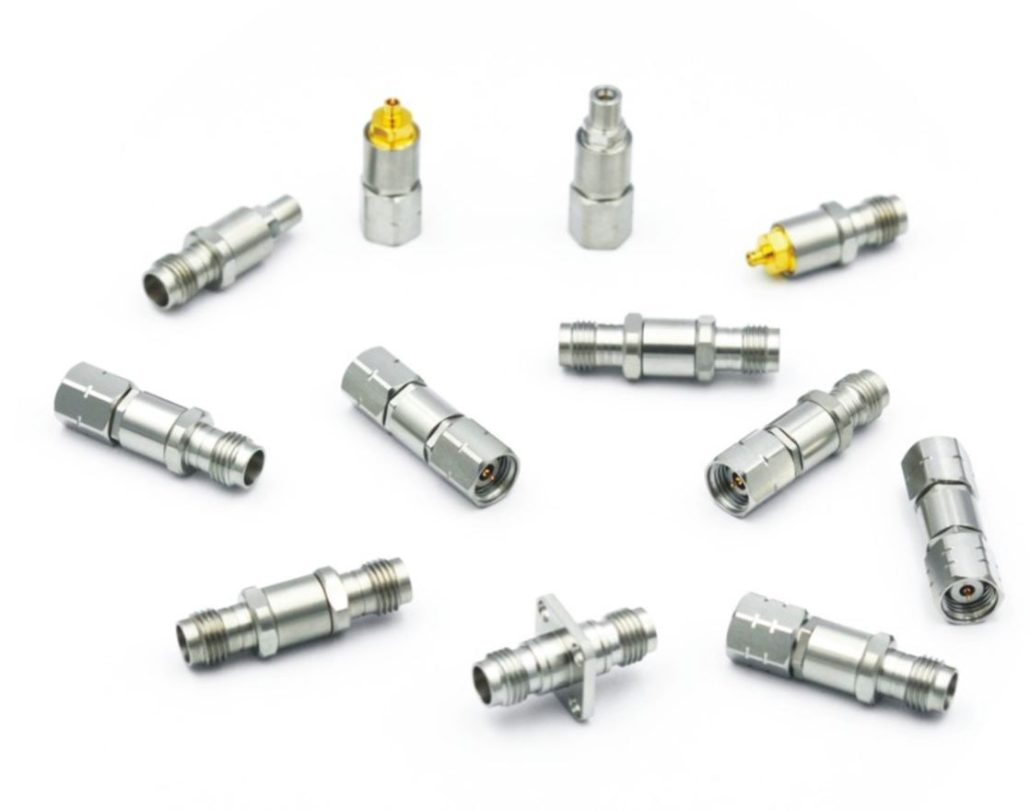Development History of 2.92mm Connectors
The 2.92mm coaxial connector is a new type of millimeter wave coaxial connector with an outer conductor inner diameter of 2.92mm and a characteristic impedance of 50Ω.
This series of RF coaxial connectors are a new type of connector developed by Wiltron.Old.Field engineers based on the previously introduced millimeter-wave connector in 1983, also known as the K-type connector, or SMK, KMC, WMP4 connector

Application of 2.92 RF Connectors
2.92mm connector is one of the world’s most widely used millimeter wave connectors, which has been widely used in radar engineering, electronic countermeasures, satellite communications, test instruments, and other fields.
2.92mm coaxial connector can operate at frequencies up to 46GHz, drawing on airborne transmission lines’ advantages and giving it a low VSWR and insertion loss. Its structure is similar to 3.5mm/SMA connectors but with a faster frequency band and smaller size.
Main parameters of 2.92mm Coaxial connectors
Characteristic impedance: 50Ω
Operating frequency: 0~46GHz
Interface basis: IEC 60169-35
Connector durability: 1000 times
Comparison of SMA, 2.92mm, 3.5mm connectors
As mentioned above, the interface of the 2.92mm connector and the 3.5mm/SMA connector has similarities because the inner and outer conductors and end face dimensions of the connector are designed with full consideration of the compatibility with SMA and 3.5 type.
| Connector Type | Max Frequency(GHz) | Insulator | Male Conductor thread size standard | Female Conductor thread size standard | Inner diameter of outer conductor(mm) |
| SMA | 26.5 | PTFE | 1/4-36USN-2-B | 1/4-36USN-2-A | 4.18 |
| 2.92mm | 40 | / | 1/4-36USN-2-B | 1/4-36USN-2-A | 2.92 |
| 3.5mm | 34 | / | 1/4-36USN-2-B | 1/4-36USN-2-A | 3.5 |
As shown in the table, these three connectors male and female connectors with the same size standard theoretically can be interconnected without transition. Still, it should be noted that there is a large difference in their outer conductor size, the highest frequency, insulation dielectric material, etc., so the interconnection of different types of connectors will affect the transmission performance and test accuracy.

Incidentally, SMA males for the pin depth and pin out of the tolerance requirements are low, such as the SMA male into the 3.5mm or 2.92mm female, long-term use will cause damage to the female, especially the damage caused by the calibration of the connector will not be worth the loss. Therefore, if different connectors are interconnected, such connection collocation should also be avoided as much as possible.

